I'm intending to use LEDs of 5mm, which have a max forward current rate at 30 mA, or a value of 100 mA, with 10% 1 kHz duty cycle, in a circuit like the one below except some changes:
- STM32F103C8T6 instead of PIC
- 2N7000's instead of UDN2981
- 3 ULN2803 instead of 1, because they can only handle 500 mA
- 15 rows instead of 8 (thus 3 x 5 = 15 2N7000's)
- 8 columns, where each ULN2803 handles 5 rows
I have several questions:
In the ULN280x datasheet on page 5 stands the thermal property:
RthJA Thermal resistance junction-ambient 55 C/W
If I do a calculation: 5 V * 100 mA * 5 leds = 2,500 mW = 2.5 W This means a temperature rise of 55 * 2.5 = 137.5 C. The junction temperature is max 150 C, so it will be not working.
Or should I reduce the voltage used by the LEDs? (like e.g. 2 V forward voltage):
(5 - 2) V * 100 mA * 5 leds = 1.5 W, resulting in 55 * 1.5 = 82.5 C
Since I round robin over the ULN2803 array's, does this reduce the temperature maybe? Resulting in a lower temperature? (I think not, but I'm not an expert)
I assume I would need heat sinks, but from what temperature this is needed?
